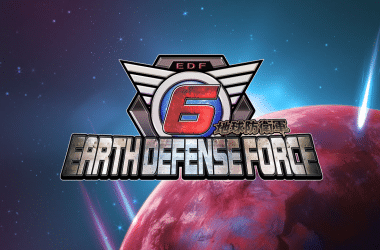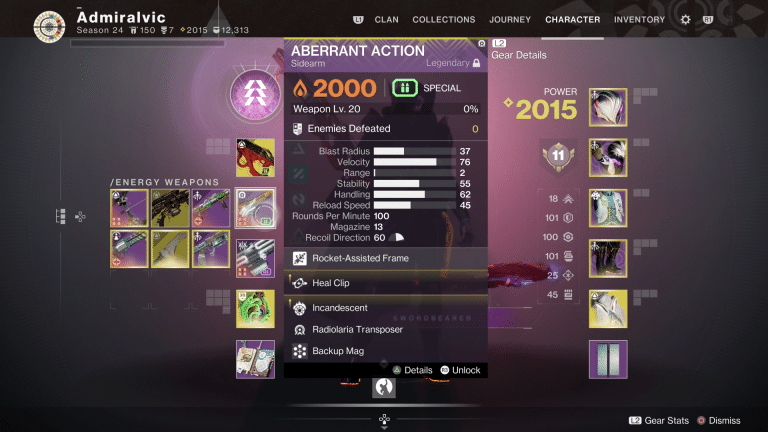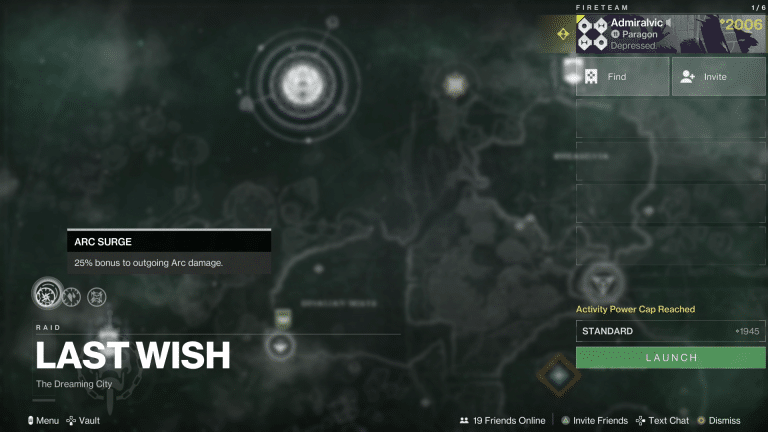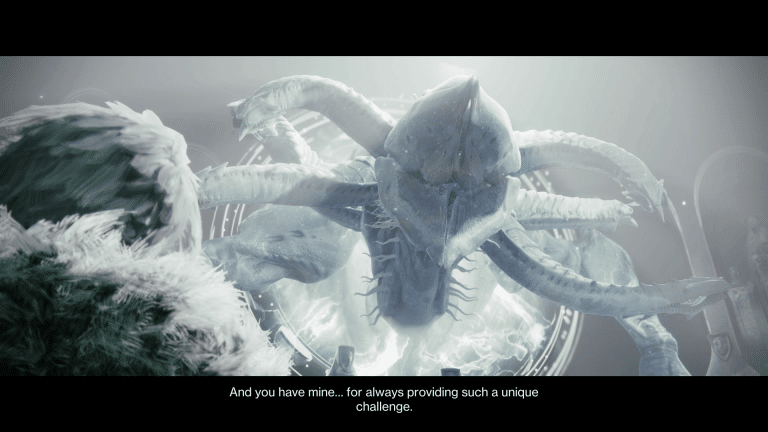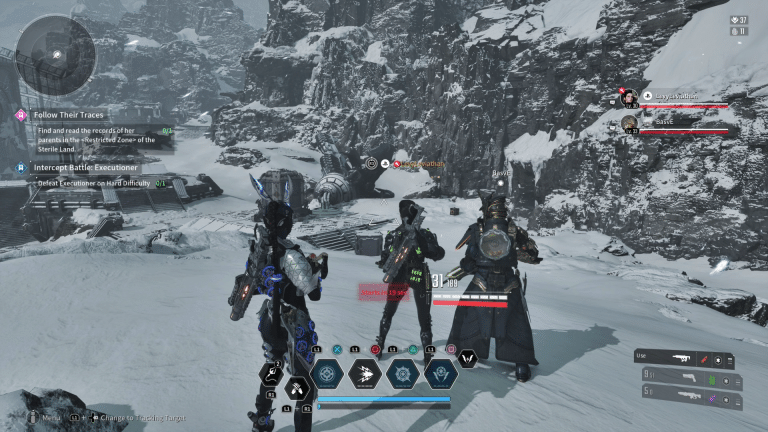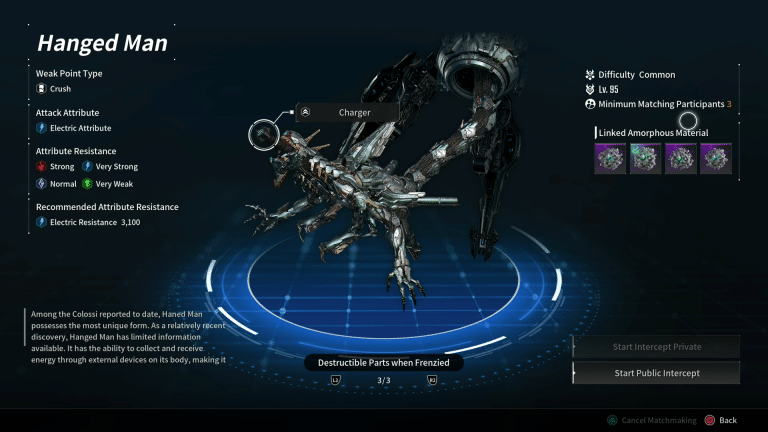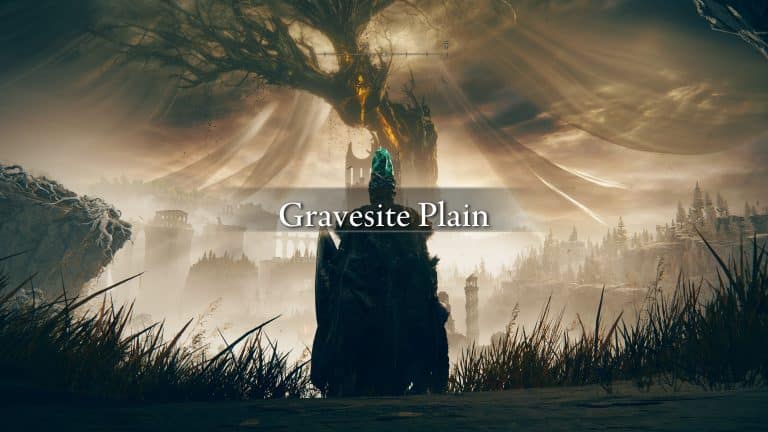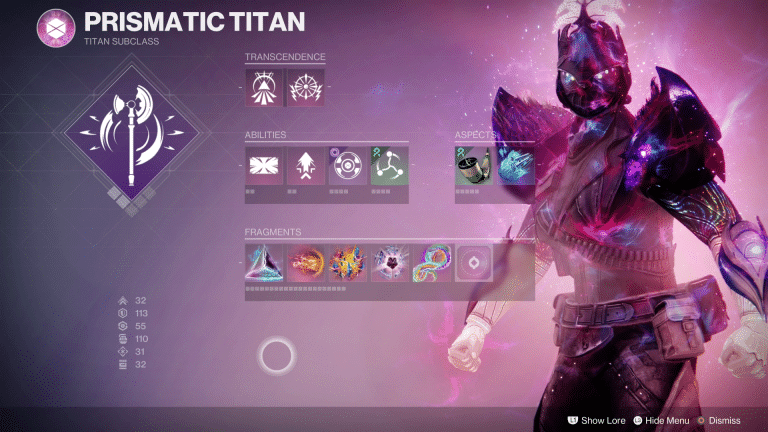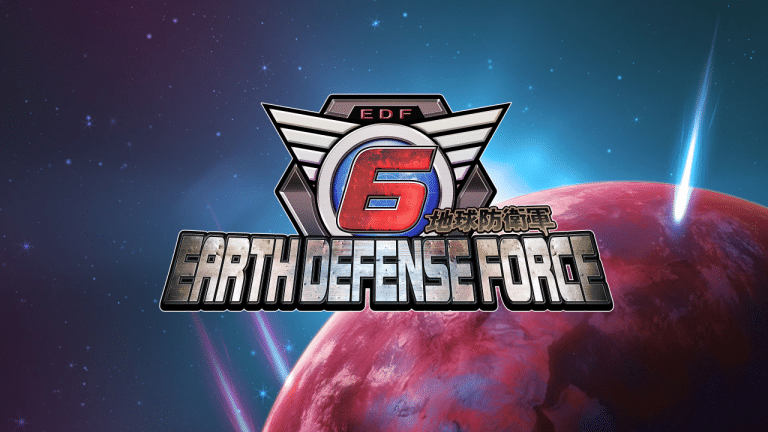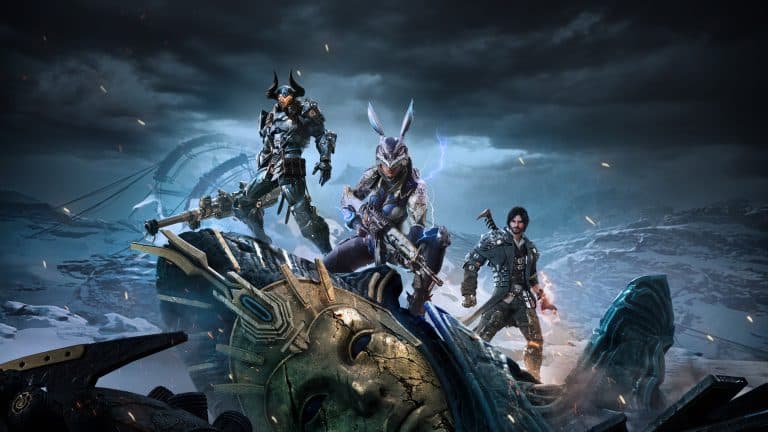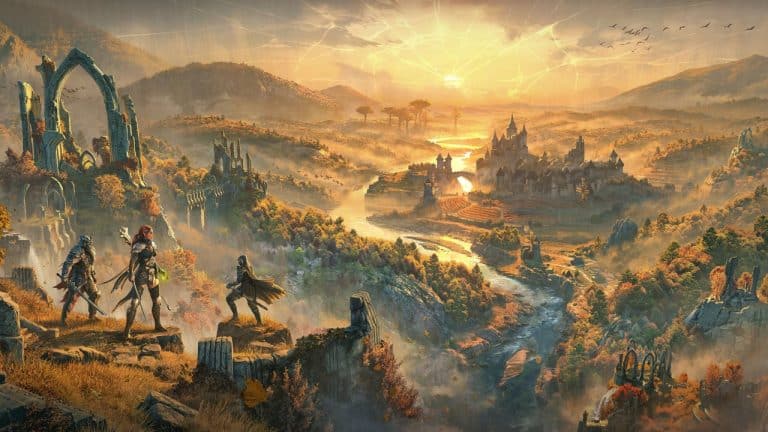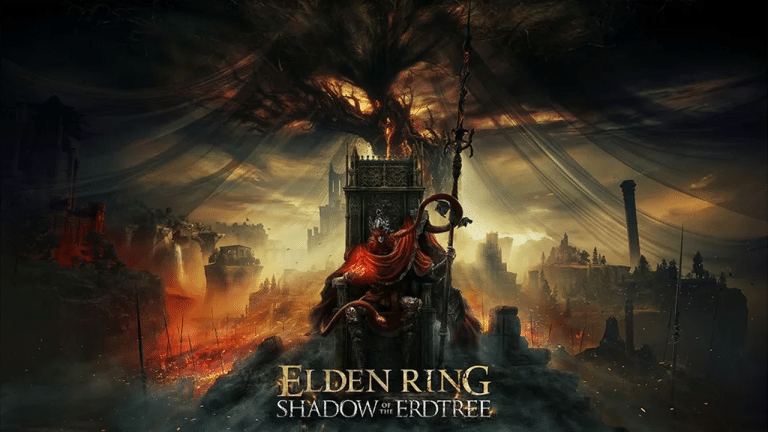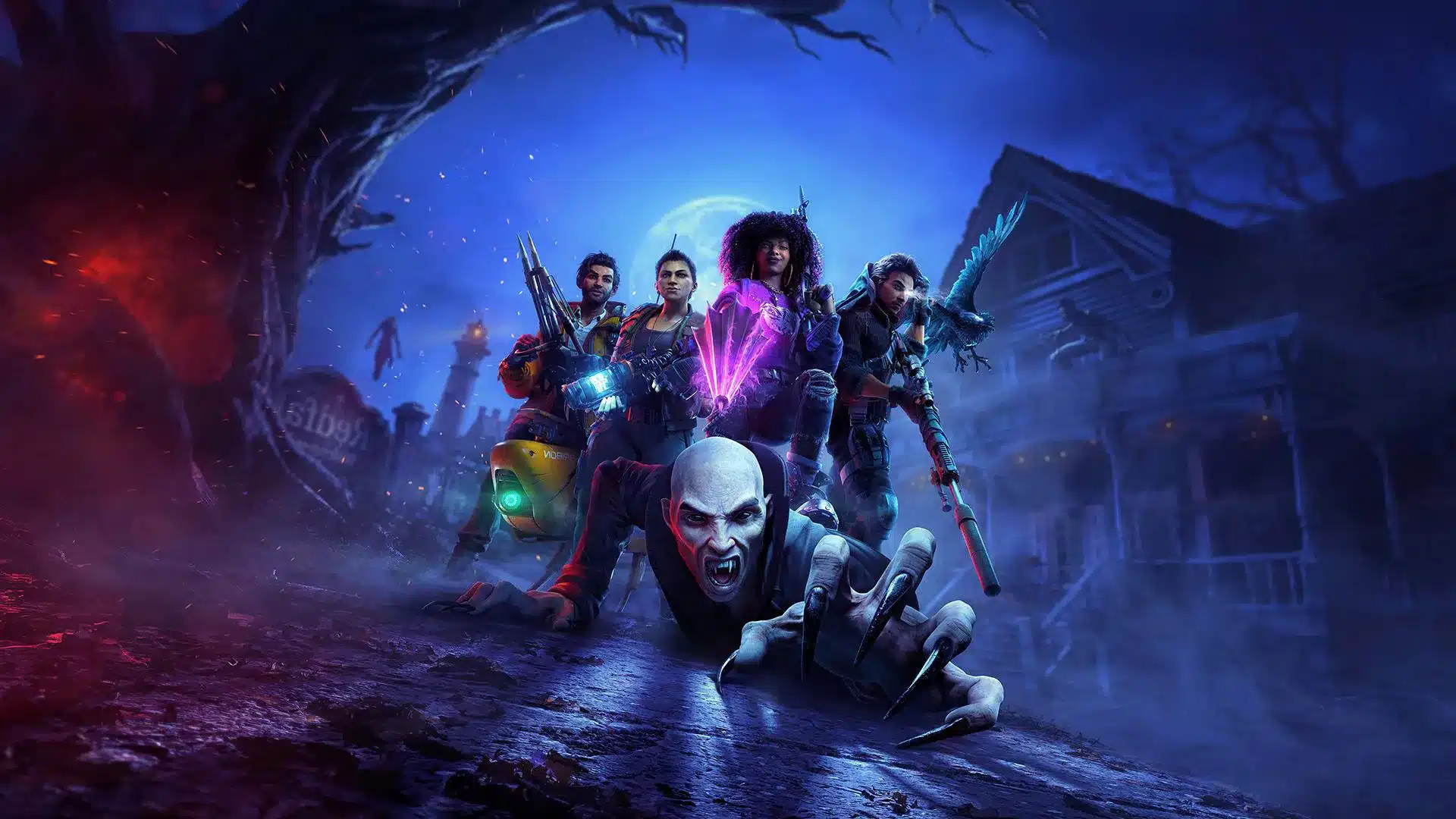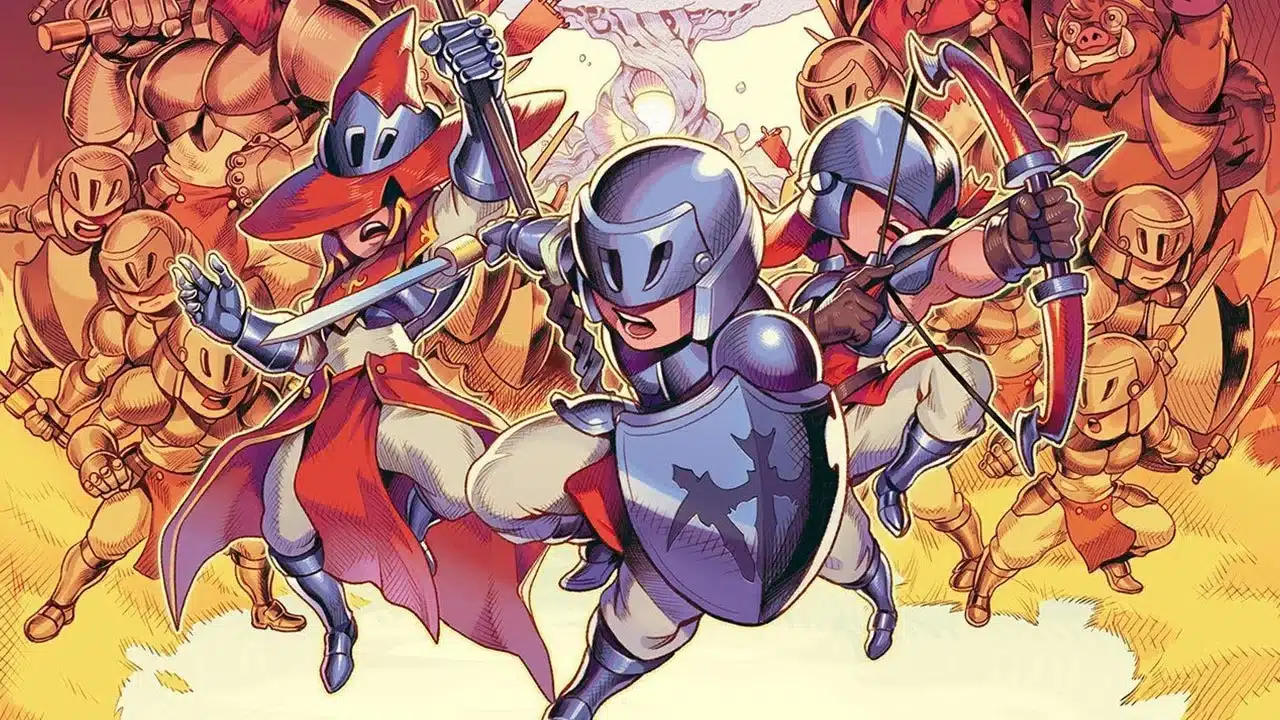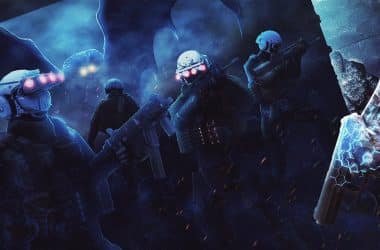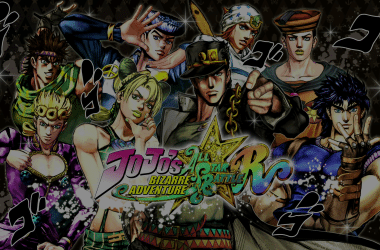Inspiration can come from a lot of different places. Sometimes it’s something you read, an event that happened to you, or an experience resonating with you. In the case of Soulstice, there are several transparent sources of inspiration. These include the manga series Berserk, action games from the past, and much more. Given the lovely style and countless experiences to draw from, does Soulstice transcend, or does it fall short of expectations?
Soulstice starts at full speed with an event that shows the player character Briar, and her spectral companion Lute, fighting against enemies in a weird and distorted world. The scene is oddly reminiscent of Bayonetta’s opening, giving players several fascinating teases, such as Briar having a more powerful state where her form takes on a more demonic look. Before answering many questions, Soulstice jumps back a day to the start of Briar and Lute’s adventure in Kalidas.
Slowly players are introduced to the narrative, a powerful force that escaped from the Veil. These enemies, known as Wraiths, can corrupt the living and turn them into powerful monsters threatening all remaining life. Hybrid warriors or Chimeras were created to combat this threat through a union of two souls, such as Briar and her sister Lute. As things progress, players learn of a deeper plot where things might not be what they seem as they fight to handle the Veil.
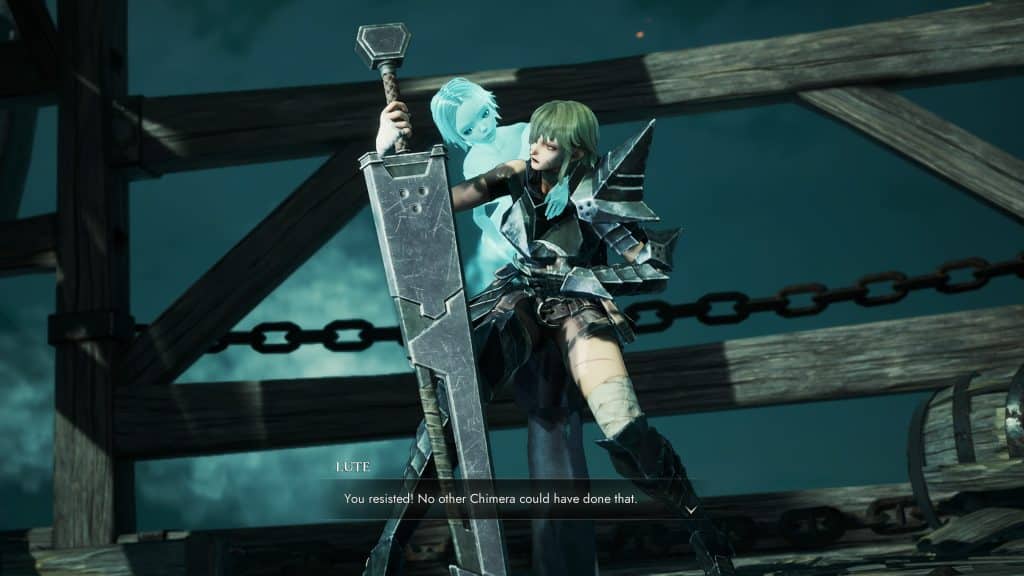
An Example of Lute Consoling Briar
It makes for an interesting premise that works mainly due to the dialogue. Soulstice puts in a lot of effort to show Briar and Lute’s connection, which helps elevate the core experience. Some of the side characters, such as Layton, also have their own unique and different personalities. These little things help by shaping the adventure and adding a lot of depth to the world through little touches.
As lovely as the core experience is, Soulstice takes a while to really get into what is going on and instead relies on the previous major reveal to keep people invested. It’s an unfortunate choice, as a lot of the initial adventure is either part of a longer tutorial or hints at concepts you’re still trying to grasp. Once it starts to hook you, there is a good balance of plot and action, assuming you can survive the journey.
Despite the name, Soulstice is much closer to games like God of War on PlayStation 2. While this is an excellent source, several choices feel unsurprisingly dated and frustrating.
One of the most prevalent complaints is going to be the camera. Outside combat, players are limited to whatever Reply Game Studios wants you to see. The sharp and sudden changes in perspective will not appeal to many people, which also goes a step further and highlights the essentially linear levels. Outside a handful of secrets here and there, most areas are just straight paths to the next section. The unfortunate thing is how this takes away from the beautiful world around you.
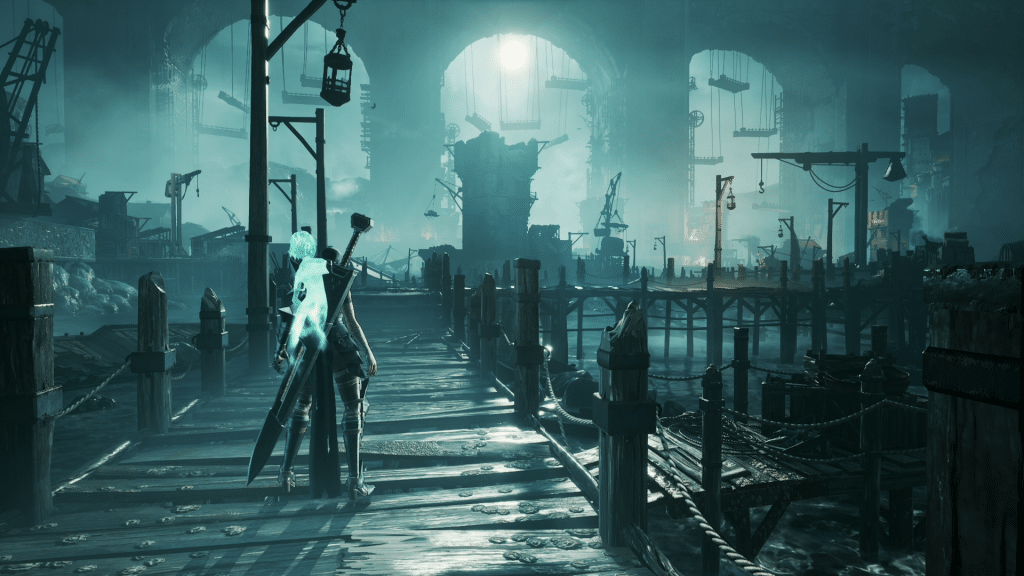
Most areas have a fantastic look that is honestly quite inviting. The image above is from the first section of chapter one, and it captures the foreboding nature of this location. The subtle swings of the rope and constant shifts of the waves draw players in, even if there isn’t much to see. Similar things can be said about most of the sections in Soulstice, leaving the world in such an odd place.
Combat is also really hit-and-miss. Initially, it starts as incredibly easy. There are weak enemies; there is a counter button that will pop up with ample time to deal with them, and winning comes down to how well you pay attention. Shortly after, new enemies that are weak to specific weapons or tactics are added, eventually going on to include enemies that can only be damaged if Lute is projecting a particular field.
None of these things get particularly difficult; the shifting aura is pushing a trigger or swapping a weapon by pressing a d-pad button, but they can get tedious and annoying. This worsens over time; as enemies take more hits, more things overwhelm you. Some little quirks like Lute can only project her field for so long before it disappears. This is easier in combat, as damage can increase the duration, though missing too many hits or shifting focus can leave you vulnerable.
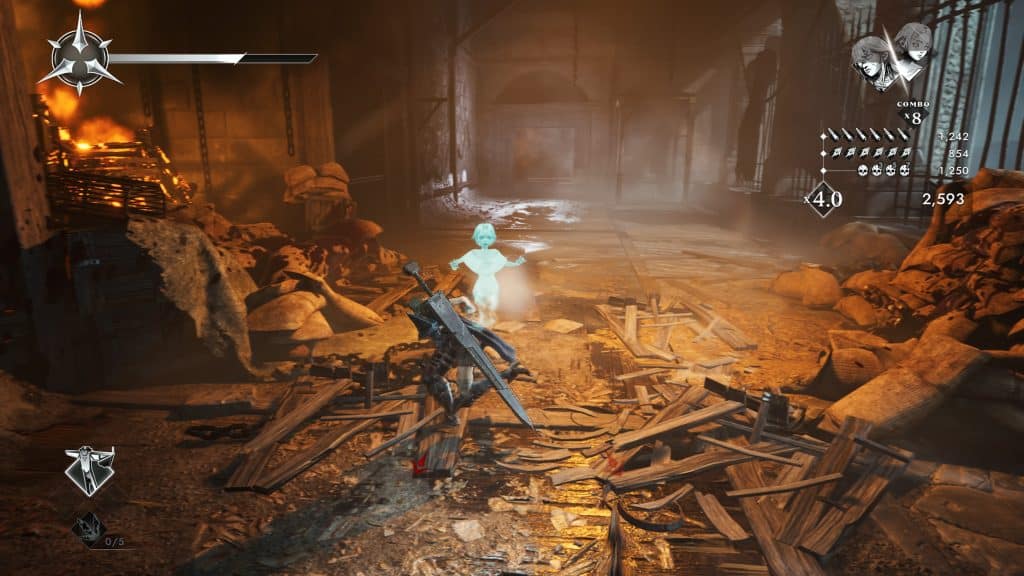
There are also a lot of quirks that can get frustrating as well. For example, an invisible wall prevents me from going further down the hall. These smaller arenas can be hard to anticipate, often overestimating the space you have to work with. Odds are you will not make the same mistake twice, and some checkpoints can be pretty forgiving, but it still sucks losing or at least taking damage to something you couldn’t quite anticipate.
Beyond regular combat, sections are bosses and challenges. Bosses can have a slight learning curve, mostly figuring out what you’re supposed to do. I like that the bosses use the mechanics, often in fun, yet simple ways. The only downside is that they can be overly simple. Once you know what to do and how they react, it’s just about playing to the fundamentals. Challenges are similar, often picking a task you need to do, such as no damage, time challenge, or counters. These can be a mixed bag, as some are pretty easy, and others draw attention to some of the shortcomings of the combat system itself.
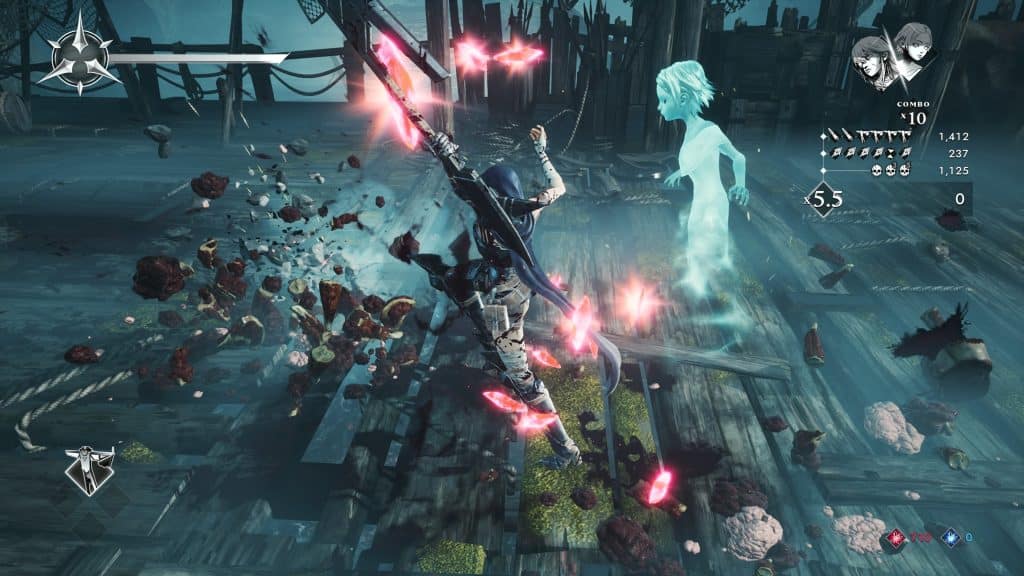
Performance is another mixed area for Soulstice. As lovely as the locations look, many scenes looked muddy or didn’t quite showcase everything I know PlayStation 5 is capable of. These little quirks stand out, especially when it’s an enemy’s face or the focus of the scene in question.
Despite the criticism, there are redeeming aspects to Soulstice as well. There is a skill system that helps bring out Lute’s full potential. You can increase the duration of moves, improve your team attacks, and make survival much more accessible. In addition to that, Soulstice is a bit more accessible than something like Devil May Cry. There are also five difficulty settings to help players find their desired level of challenge.
Soulstice Review Verdict
Soulstice: I honestly wouldn't call Soulstice a lousy game. It plays a lot like how I remember action games on PlayStation 2, with a much nicer coat of paint. Unfortunately, this means it misses out on some improvements we've seen between the original God of War or Devil May Cry and their most recent releases. Still, if you like the art style and those games, it's an engaging adventure to discover and correct what happened in Keidas. – Grant
[Editor’s Note: Soulstice was reviewed on PlayStation 5, and a copy was provided to us for review purposes.]


